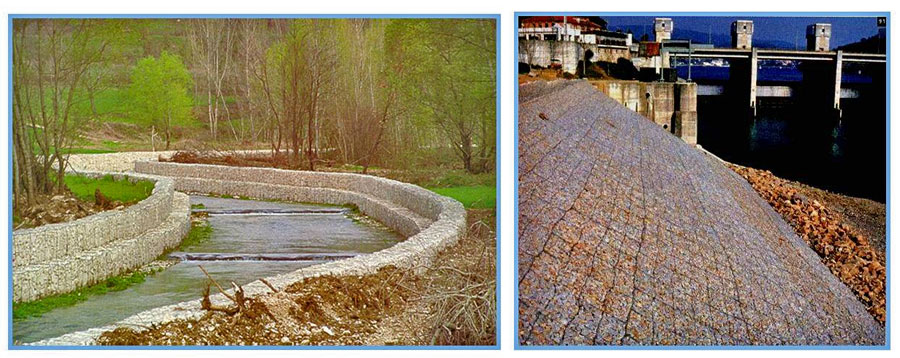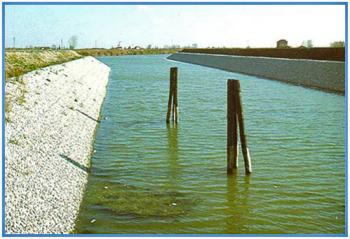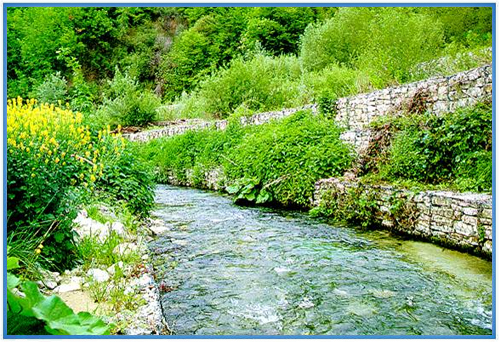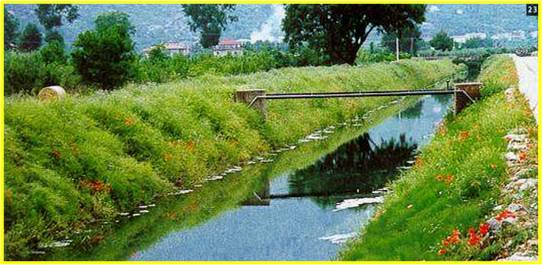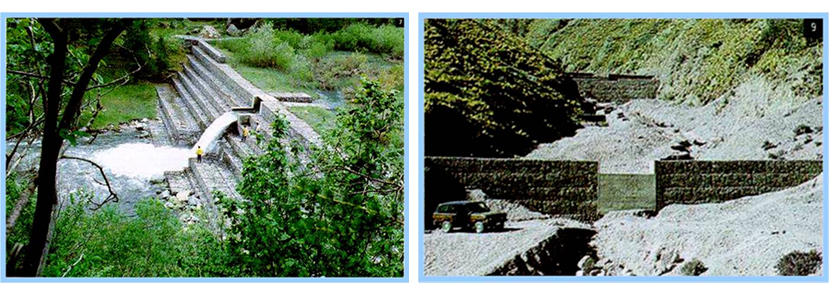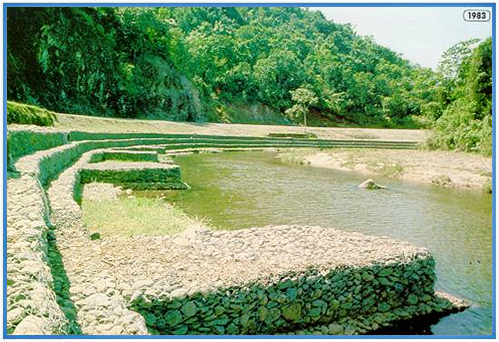Sanaswadi, Pune, Maharashtra
- GST NO. : 27AAOFG5802C1ZK
Applications
River Training Works
Uses :
Longitudinal bank protection structures in gabions and Reno mattress can be classified on the basis of their structural and functional characteristics into the following types.
- Retaining wall structures
- River and canal preparation
- Erosion protection; roadway protection; bridge protection
- Hydraulic structures, dams and culverts
- Coastal embankment works
- Rockfall and soil erosion protection
- Architectural cladding for walls and buildings
- Freestanding walls, noise and environmental barriers
- Architectural Gabion Applications
Longitudinal bank protection structures in gabions and Reno mattress can be classified on the basis of their structural and functional characteristics into the following types.
Linings
Simply laid on the slopes to be protected. The thickness may vary from 0,15 m to 0,30 m. Such small depths encourages vegetation growth in a short time.The best toe protection is obtained by extending the lining for a length 1,5 to 2 times the expected erosion at the most critical section.
Structures built from Reno mattresses and gabions are fundamentally permeable and permit the natural movement and filtration of ground water, indispensable for the life of the surrounding area. Silt is deposited in the stone fill, promoting the growth of native plants. It is possible to accelerate the vegetation growth by adding soil to the fill during construction.
Structures built from Reno mattresses and gabions are fundamentally permeable and permit the natural movement and filtration of ground water, indispensable for the life of the surrounding area. Silt is deposited in the stone fill, promoting the growth of native plants. It is possible to accelerate the vegetation growth by adding soil to the fill during construction.
Massive Gravity Structures
Within the more unstable reaches of a watercourse or where a protective structure has to provide also earth retention, it is desirable to use structures of wide cross section. The wall must be founded at a level that is not affected by water scour problems.
Light Protections
The use of naturalistic engineering techniques is based on the combination of artificial materials and plants: the artificial materials shall provide stability to the local situation thus creating the ideal condition for a natural re-greening. When forces exerted on protection allow for it, the artificial material can be a light protection acting as revetment and stabilising elements characterised by very low environment impact.
Transversal Structures
A weir protection may be required to reduce the river bed slope and to control solid transport. Gabion weirs: resistant, flexible structures, easy to install and blend in perfectly with the surrounding.
Vertical Weirs
It is a type recommended for training works on mountain torrents. Maximum attention must be paid to the dissipation of the kinetic energy of the cascade at the toe of the structure. A secondary weir is placed at the downstream end of the pool to control the formation of the jump and to restrict the extension of the pool downstream.
Contact Us
Global Protection Industries
Gat No. 1091, Om Sai Auto Power Plant, L & T Bharat Gas Road, Sanaswadi, Pune, Maharashtra - 412208, India
Call Us : View Mobile Number

